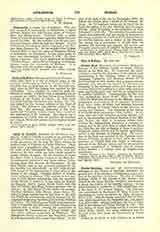

Citta dells Pieve, Diocese of (CIVITATIS PLEBIS).—Citta della Pieve is a city of obscure origin in the province of Perugia in Umbria, Central Italy. It certainly was an episcopal see in the eleventh century, since in 1099 the bishop was expelled by the Ghibellines. Later Paschal II united it with the Diocese of Chiusi. Clement VIII reestablished it as a separate see (1601), the first bishop being Fabrizio Paolucci of the Counts of Cabulo. In 1642, while Giovanni Battista Carcarasio was bishop, the city was sacked by the German soldiers of the Duke of Parma. The diocese is immediately subject to the Holy See. The cathedral, dedicated to Sts. Gervasius and Protasius, is said to have been erected at the exhortation of St. Ambrose. The diocese has a population of 60,000, with 33 parishes, 86 churches and chapels, 65 secular priests, and 4 religious houses of women.
U. BENIGNI

